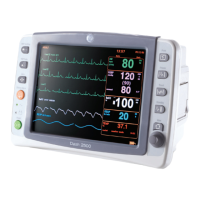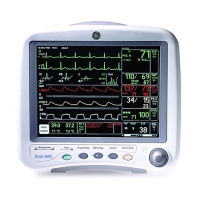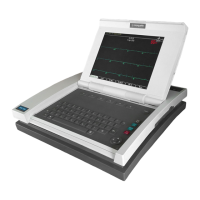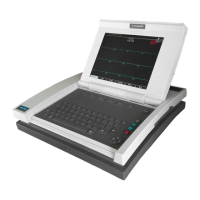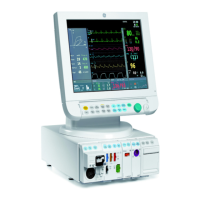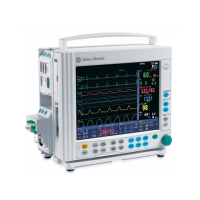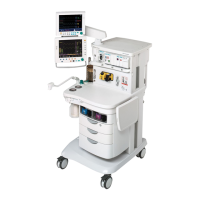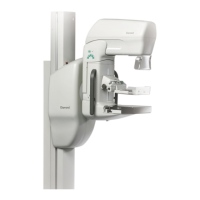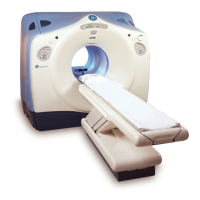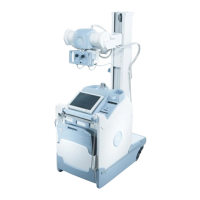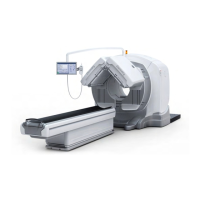Monitor Setup
2000966-386D Dash™ 3000/4000/5000 3-7
You cannot create or adjust custom defaults while a patient is admitted to the monitor.
If you change the patient-monitor type, all custom defaults are erased and the monitor
returns to the factory default settings.
If you create custom defaults, record your changes in Appendix D.
Control Settings
Control settings are temporary adjustments you can make to parameter settings or
basic monitor functions for the patient admitted to the monitor. These settings are
erased when the patient is discharged from the monitor.
For more information on permanently changing monitor settings, refer to Custom
Defaults on page 3-6.
Defining Custom Defaults
To define a new set of custom defaults, follow this procedure.
NOTE
All custom defaults are effective immediately, but you must admit the patient to
the monitor for fully functional alarms.
NOTE
If you do not define a custom default name and make any changes to the monitor
default settings, the custom default name displays with an asterisk. For example,
ADULT 0*.
1. Discharge the patient from the monitor.
2. Select MORE MENUS > MONITOR SETUP > MONITOR DEFAULTS >
CUSTOM DEFAULTS.
3. To create a name for a custom default set, select NAME DEFAULTS.
4. Select the default name from the CUSTOM DEFAULTS window.
There are five default names for each patient monitor-type:
ADULT-ICU — ADULT 0 to ADULT 4.
NEONATAL-ICU — NEO 0 to NEO 4.
OPERATING ROOM — OR 0 to OR 4.
5. Use the Trim Knob control to define a unique name (up to 12 characters).
6. Select NAME DEFAULTS to save the new name.
7. Select RETURN.
8. Select PREVIOUS MENU.
9. Select any of the following menus and make the desired changes.

